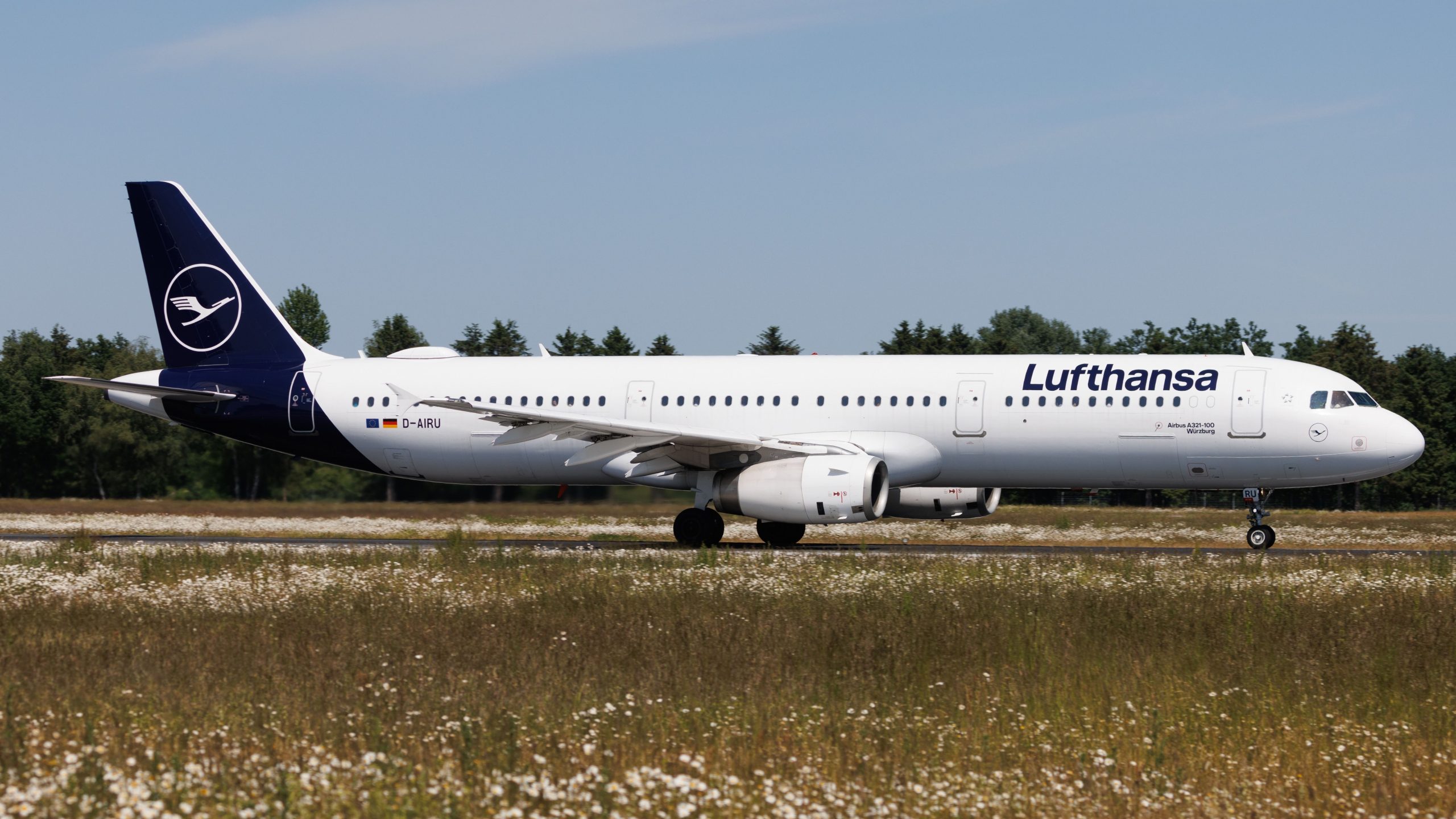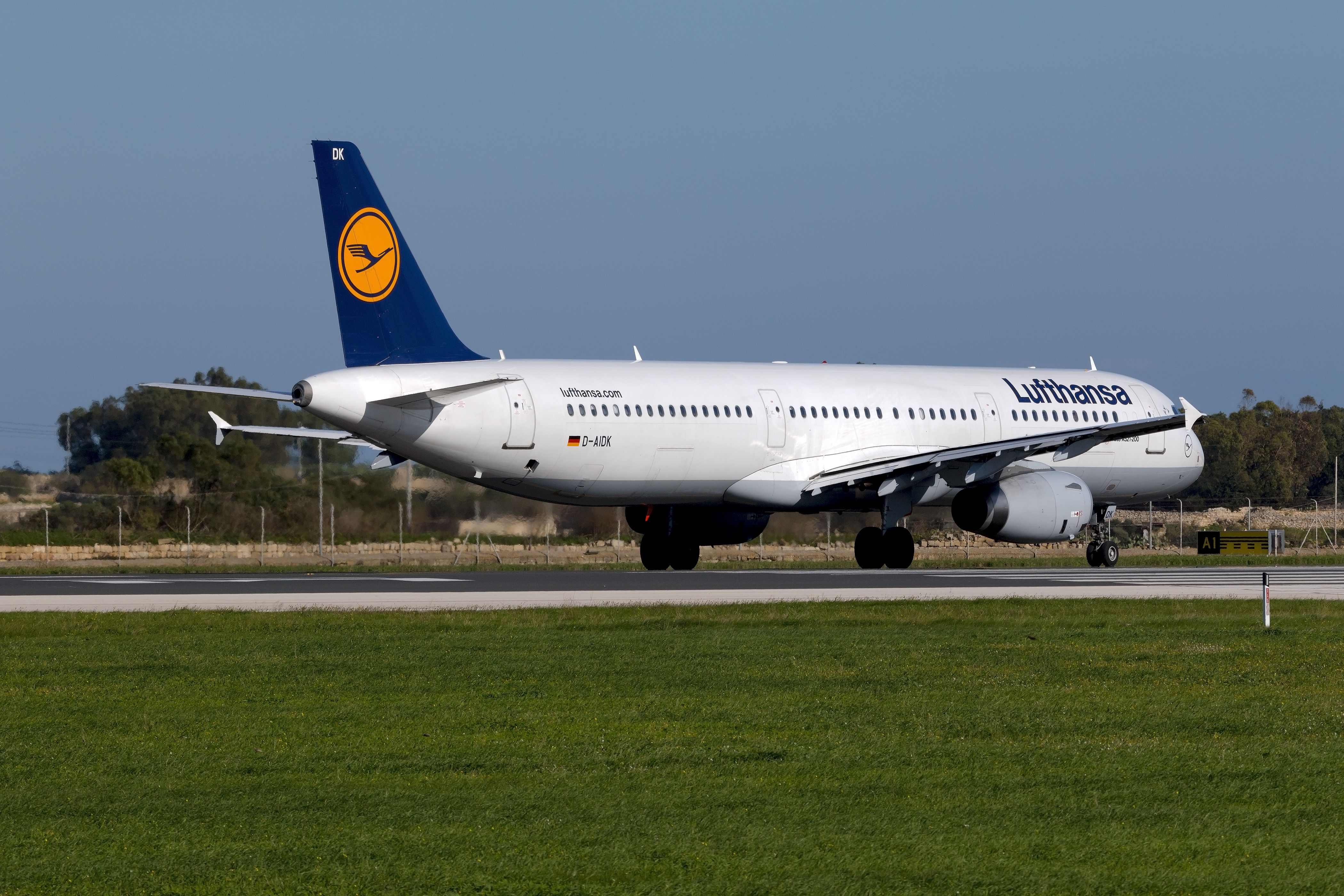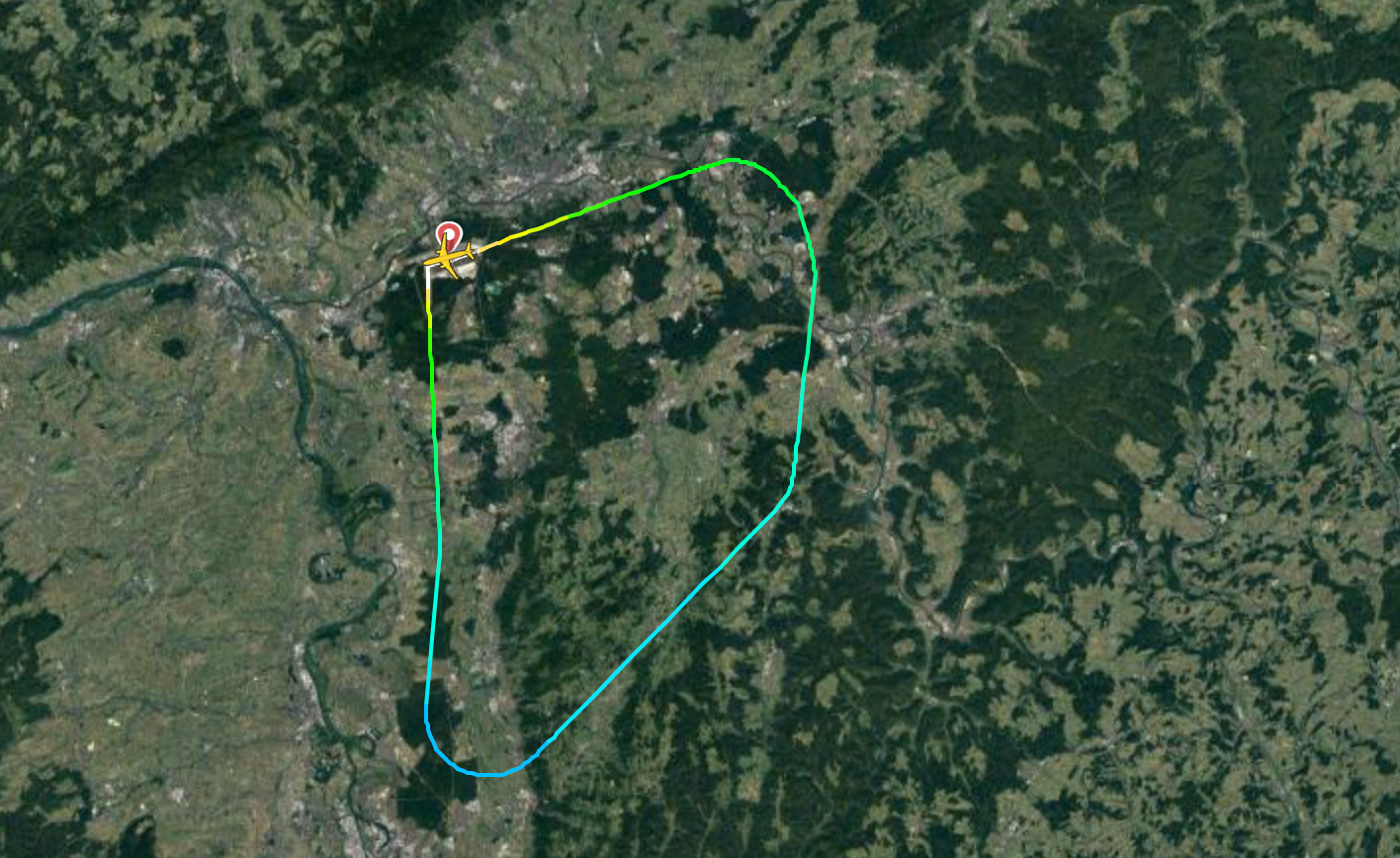Summary
- A Lufthansa Airbus A321 encountered a bird strike during a flight last week. No passengers or crew were injured.
- The engine ingested a bird at around 14,000 feet, causing increased N1 vibrations and a whistling noise.
- The aircraft is aged nearly three decades and remains on the ground following the incident.
An Airbus A321 operated by Lufthansa is one of the latest commercial aircraft to suffer a bird strike. On its way to Palma de Mallorca, Spain, last week, the plane halted its climb shortly after takeoff and rerouted to return to Frankfurt, Germany.
The flight, intended to last around two hours, was just over 20 minutes due to the incident. Lufthansa did deploy another aircraft to finish the flight, but it was evidently delayed.
Details of the incident
According to The Aviation Herald, the aircraft registered as D-AIRK was operating as LH1530 from Frankfurt Airport (FRA) to Palma de Mallorca Airport (PMI) on Friday. Data from FlightAware show that the plane departed from gate A34 on schedule at 09:05 (CEST). After a short taxi to Runway 18, the aircraft took off at 09:17 and headed straight to the south. Once above 10,000 feet, D-AIRK accelerated its speed to above 300 knots and continued to increase its altitude.
Photo: InsectWorld/Shutterstock
At around 14,000 feet, the crew reportedly stopped climbing after the aircraft’s left IAE V2530 engine ingested a bird, according to The Aviation Herald. The pilots then decided to return to FRA and turned northeast. At 09:24, the aircraft had started its descent and decreased its speed. Four minutes later, Flightradar24.com data indicated that the plane reached 10,000 feet, turned slightly north, and then continued decreasing altitude.
Arriving back at FRA
At 09:31, D-AIRK was flying just under 6,000 feet at around 270 knots. By 09:33, the aircraft had lined up for its final approach on Runway 25C and landed safely at 09:38, about 21 minutes after take off. Although the exact gate where passengers disembarked is unclear, FlightAware data shows that the plane arrived at its gate at 10:09.
Photo: Flightradar24.com
After the engine ingested the bird, it reportedly continued to develop normal thrust but was performing with increased N1 vibrations, and a whistling noise was heard, which is not typical. According to The Aviation Herald, inspectors found that some fan blades were bent and traces of blood. Additionally, a smell from the engine’s core reportedly suggested that the bird went through the engine’s hot section. However, no scent was detected inside the cabin because the aircraft’s auxiliary power unit (APU) powered the air conditioning throughout the flight.
Lufthansa was able to use another A321 to finish LH1530 to Palma de Mallorca. D-AIRC, which was already at FRA after arriving from Zagreb, Croatia, earlier that morning, departed at 12:17 and arrived at PMI at 13:53, nearly three hours after the flight’s scheduled arrival time, according to Flightradar24.com.
Restoring the engine’s condition
D-AIRK remains on the ground at FRA as it is likely being repaired. While bird strikes above 10,000 feet are somewhat uncommon, Simple Flying previously reported it is a possibility, as some incidents have been reported as high as 15,000 feet. The exact types of repairs needed on the plane’s engine are unknown, but heavier and faster birds pose the risk of more damage to aircraft engines. According to Aeroengine Safety, 35% of bird strikes on engines result in damage that requires immediate repair.
At nearly 30 years old, D-AIRK flew its first flight in June of 1994 and was delivered to Lufthansa one month later. As of June of this year, it had more than 62,000 flight hours and nearly 48,000 flight cycles recorded, according to ch-aviation.
Sources: The Aviation Herald, FlightAware, Flightradar24.com (1,2), Aeroengine Safety



